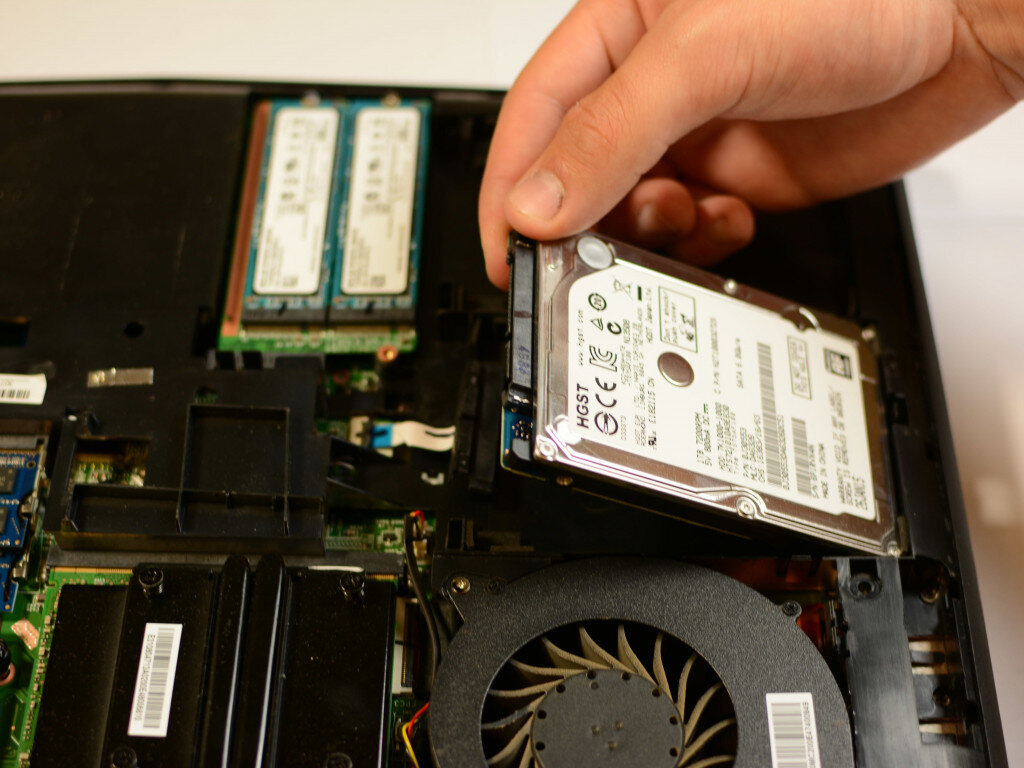As the crypto market continues to evolve, security remains the cornerstone of any successful token project. Whether you’re launching a DeFi token, a utility token, or a governance-based coin, security breaches can dismantle credibility and user trust overnight. In 2025, with regulatory scrutiny tightening and investor awareness at an all-time high, developing a secure crypto token isn’t just a preference it’s a necessity.
This comprehensive guide will walk you through the key components of secure token development in 2025, covering architecture design, smart contract security, token standards, compliance measures, and real-world testing approaches.
Understand the purpose and use-case of the token
Before writing any code, you must define the exact utility and goals of your token. Not all tokens are created equal, and their security concerns vary accordingly.
- Utility token: Typically used within a platform for access to services or content.
- Security token: Represents a share in an external asset or company and must comply with financial regulations.
- Governance token: Allows holders to vote on protocol decisions and upgrades.
Each category entails different compliance and architecture requirements. For example, security tokens demand rigorous Know Your Customer (KYC) and Anti-Money Laundering (AML) checks, while governance tokens focus more on decentralized decision-making frameworks.
Choose the right blockchain platform
The blockchain you build your token on will directly influence its security, scalability, and cost-efficiency. In 2025, popular chains like Ethereum, BNB Smart Chain, Polygon, Solana, and newer zero-knowledge or modular rollup chains all offer different trade-offs.
- Ethereum is still the most secure due to its maturity and decentralization but comes with higher gas fees.
- BNB Smart Chain offers speed and affordability, though with some centralization risks.
- Layer-2 platforms like Arbitrum and zkSync reduce costs while maintaining Ethereum-grade security.
When selecting a platform, consider community trust, security audit history, scalability, and compatibility with existing tools and wallets.
Follow a robust token standard
Token standards are predefined templates that make tokens interoperable, easy to integrate, and less prone to security vulnerabilities.
- ERC-20 is the go-to standard for fungible tokens.
- ERC-721 and ERC-1155 are used for NFTs and semi-fungible tokens.
- ERC-1400 is tailored for security tokens with built-in compliance features.
By adhering to tested standards, you avoid the risk of re-inventing the wheel and reduce the chance of vulnerabilities in token behavior like transferability, approvals, and burning.
Design secure smart contracts
Smart contracts govern the logic of token behavior. A single flaw here can lead to catastrophic losses. In 2025, secure smart contract development demands deep knowledge of Solidity, Vyper, or Rust (depending on your blockchain).
Here are core security elements to consider:
- Access control: Clearly define who can mint, burn, or pause tokens using
OwnableorAccessControl. - Reentrancy guards: Prevent reentrancy attacks by using guards or safe design patterns.
- Overflow and underflow protection: Use built-in safeguards or SafeMath libraries.
- Freeze/Blacklisting logic: Add emergency stop mechanisms to prevent exploits from spreading.
- Immutable parameters: Lock key parameters post-deployment when appropriate.
Break your contract logic into modular components and avoid unnecessary complexity. Always assume that every line of code will be scrutinized by attackers.
Integrate automated and manual auditing
Smart contract auditing is no longer a one-time checkbox—it’s an ongoing requirement. Use a combination of tools and expert reviews to harden your contracts.
Automated tools:
- MythX, Slither, Certik Skynet, and OpenZeppelin Defender can scan for known vulnerabilities like integer overflows, access control flaws, and logic bugs.
Manual auditing:
- Hire independent third-party auditors with a proven track record in DeFi, NFT, or enterprise-grade audits.
- Encourage a peer-review model in your dev community or DAO to find subtle bugs that machines may miss.
Publish audit reports transparently and update them regularly, especially after any token upgrade or governance change.
Implement advanced user protection mechanisms
As user awareness rises, they demand tokens that prioritize safety not just at the contract level, but at the user experience level.
Key protection mechanisms include:
- Rate limits: Prevent wallet draining by limiting withdrawals or transfers over short durations.
- Multi-sig authorization: Use multi-signature wallets for critical operations like minting or upgrading.
- Circuit breakers: Design fail-safe conditions to pause trading if unusual patterns are detected.
- Decentralized kill switches: Let DAOs vote to disable compromised contracts if needed.
User-facing tools like dashboards showing contract health, audit summaries, and real-time token metrics can further build trust.
Address regulatory and compliance needs
In 2025, ignoring regulations is a death sentence for serious token projects. From the SEC to MiCA to Asian crypto frameworks, compliance is increasingly global.
Key steps to take:
- Classify your token correctly: Determine whether your token is a security, utility, or hybrid, and plan accordingly.
- Incorporate KYC/AML: For tokens with real-world value or equity ties, integrate verified identity checks using providers like Chainalysis, Shyft, or Civic.
- Geo-fencing: Block transactions in jurisdictions where your token offering isn’t legally compliant.
- Transparent disclosures: Publish whitepapers, tokenomics, team info, and usage terms clearly and frequently update them.
Legal compliance doesn’t just reduce legal risk it adds another layer of investor confidence.
Create a strong key management strategy
The private keys controlling token minting, burning, and administration must be protected at all costs.
Best practices include:
- Multi-signature wallets: Require multiple team members to sign off on critical actions.
- Hardware wallets: Store admin keys in cold wallets like Ledger or Trezor.
- Time-locked contracts: Set delays before executing high-risk functions so you can cancel them in case of compromise.
- Key rotation policies: Regularly rotate keys and revoke older ones from all access points.
Additionally, decentralizing ownership via DAO voting systems can further minimize single points of failure.
Test extensively before launch
Before going live, you must simulate real-world usage to uncover edge-case vulnerabilities.
Testing should include:
- Unit tests: Check every function of the smart contract independently using tools like Hardhat or Truffle.
- Integration tests: Verify how the contract interacts with oracles, exchanges, or cross-chain bridges.
- Fuzz testing: Randomize inputs and stress-test contracts for unusual bugs.
- Mainnet simulations: Use forking tools to test how your token behaves in live environments with real gas costs.
Don’t just test happy paths. Simulate potential attacks like flash loans, sandwich attacks, and oracle manipulations.
Launch with a phased rollout and bounty program
A secure launch is not an event but a process. Gradually introduce your token to the ecosystem and continuously monitor its behavior.
Steps to follow:
- Launch in stages: Start with internal testing, then public beta, then full launch.
- Bug bounty programs: Invite white-hat hackers to find vulnerabilities for rewards via platforms like Immunefi or HackenProof.
- Liquidity protection: Add anti-bot measures to DEX listings, and monitor abnormal trading patterns.
- Governance ramp-up: Slowly decentralize control to DAOs or community stakeholders as stability proves itself.
Post-launch monitoring is critical, as most attacks happen within weeks of deployment.
Embrace community-driven security evolution
Security isn’t static. As your token grows, new risks emerge. Engage your community to stay ahead of threats.
Effective practices:
- Open governance: Let users suggest and vote on improvements via platforms like Snapshot or Tally.
- Security councils: Form a group of vetted community members who respond to emergency bugs or attacks.
- Transparent updates: Publish changelogs, audit improvements, and developer notes in public repositories.
- On-chain voting: Allow token holders to approve upgrades, rollbacks, or contract replacements.
A strong, security-conscious community acts as a decentralized immune system for your token.
Leverage AI and automation in 2025
New tools powered by AI and blockchain automation are revolutionizing security protocols in 2025.
Some trending advancements include:
- AI-assisted audit bots: Continuously monitor code for unusual activity.
- Predictive analytics: Identify potential exploit paths using graph-based modeling.
- Autonomous alert systems: Real-time warnings sent to developers and admins when anomalies occur.
- Bot-resistant launches: AI-driven anti-sniping systems help protect token launches from bots.
Integrating these tools not only boosts security but saves significant developer time.
Conclusion
Building a secure crypto token development in 2025 demands a deep integration of technical best practices, legal foresight, user-centric design, and community-driven oversight. The token market is no longer a playground for experimental launches. It’s a space where security, transparency, and trust determine success.
By aligning smart contract integrity, compliance frameworks, decentralized governance, and continuous audits, developers can create tokens that withstand both digital and legal attacks. And as the ecosystem matures, only the most secure and transparent projects will thrive.



